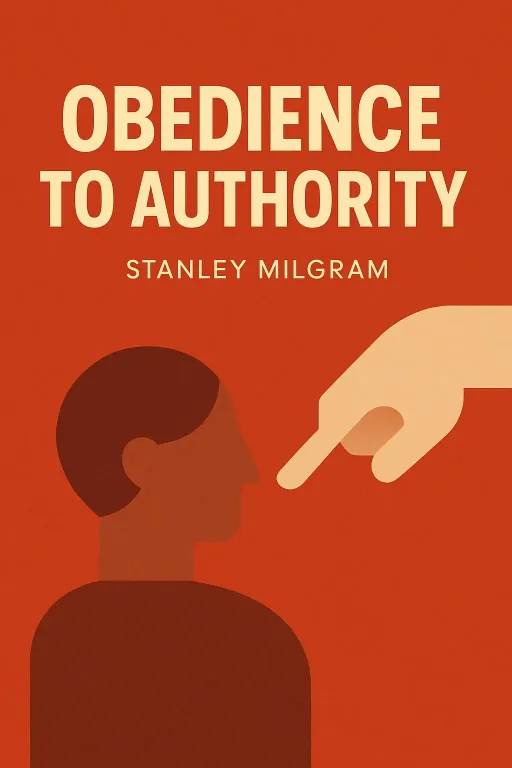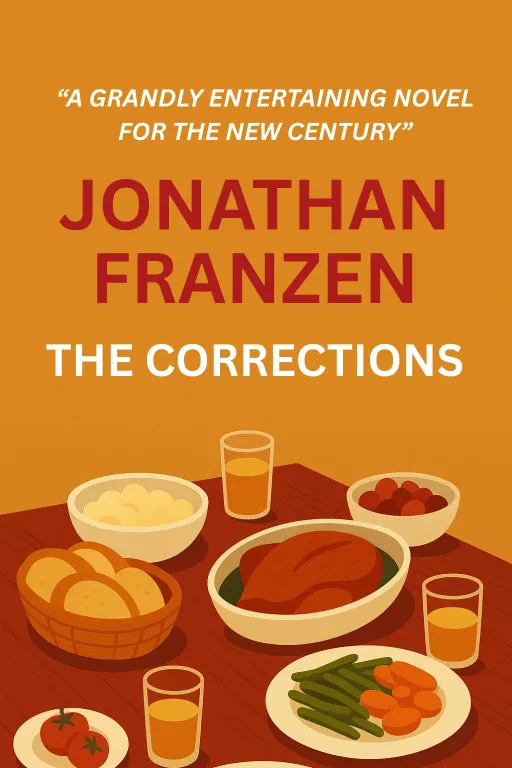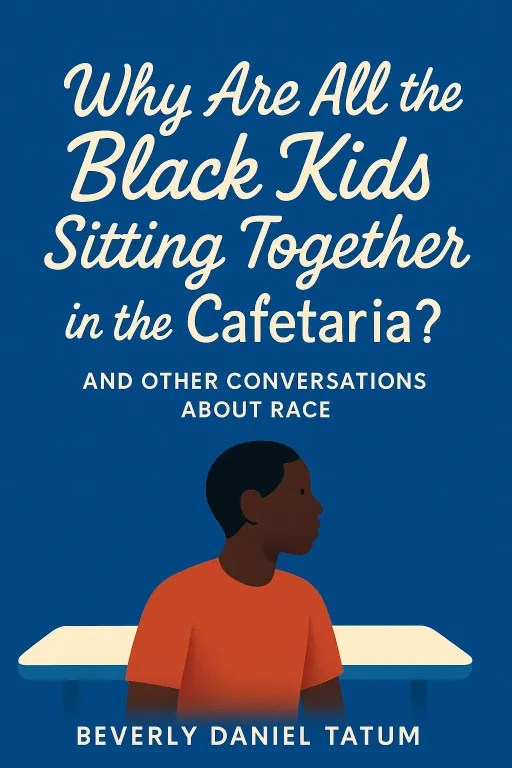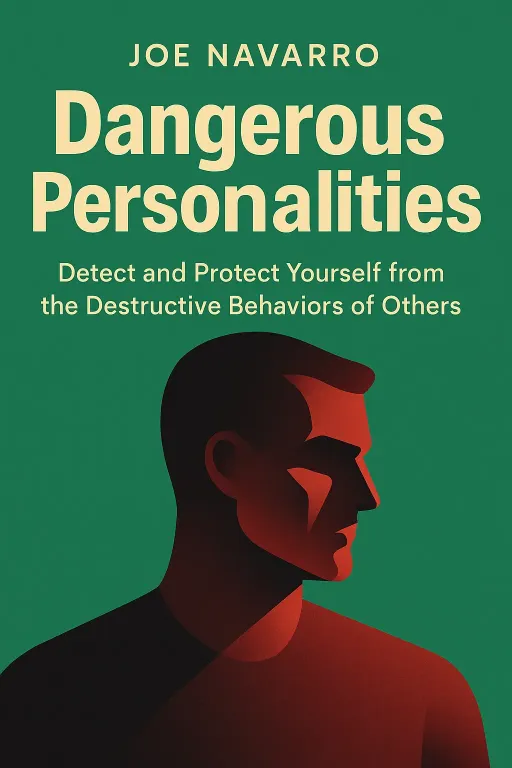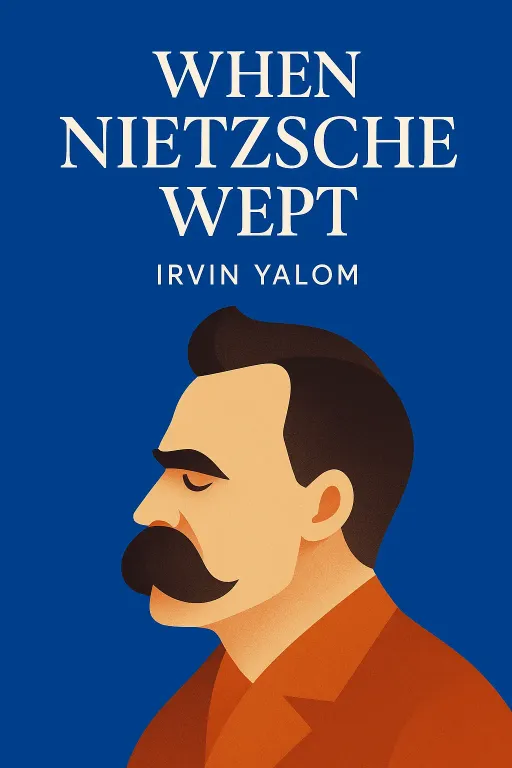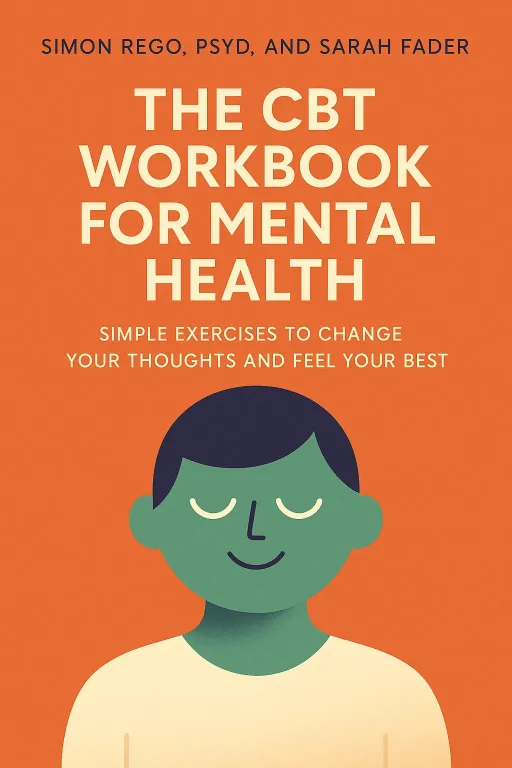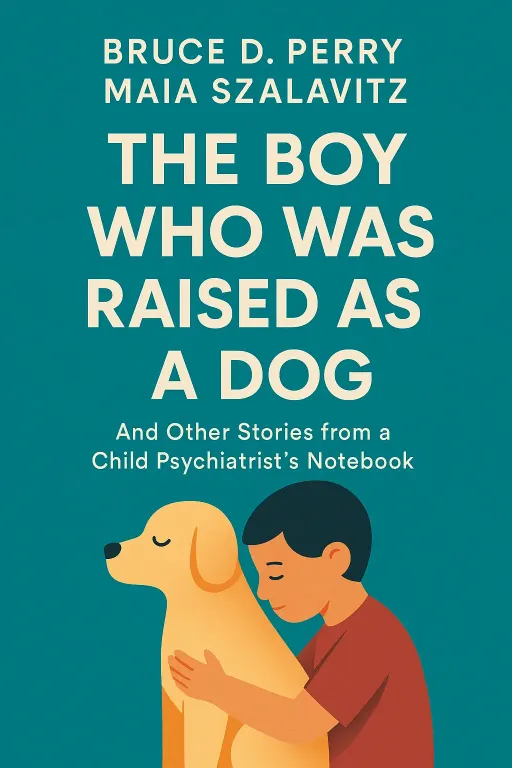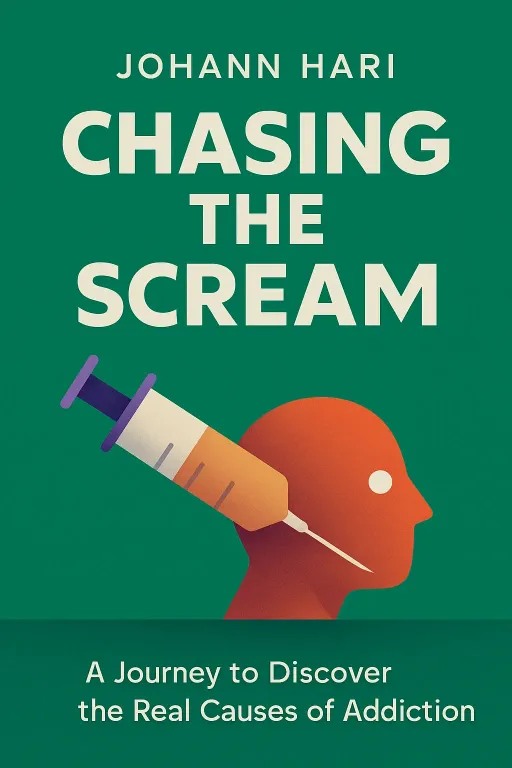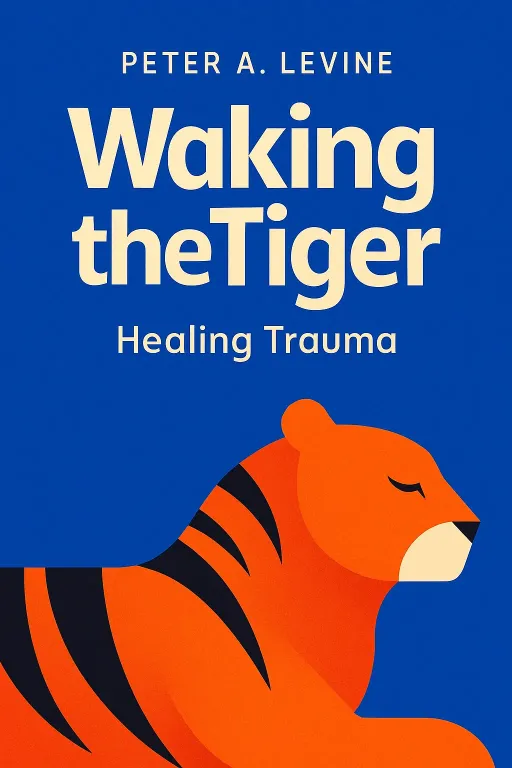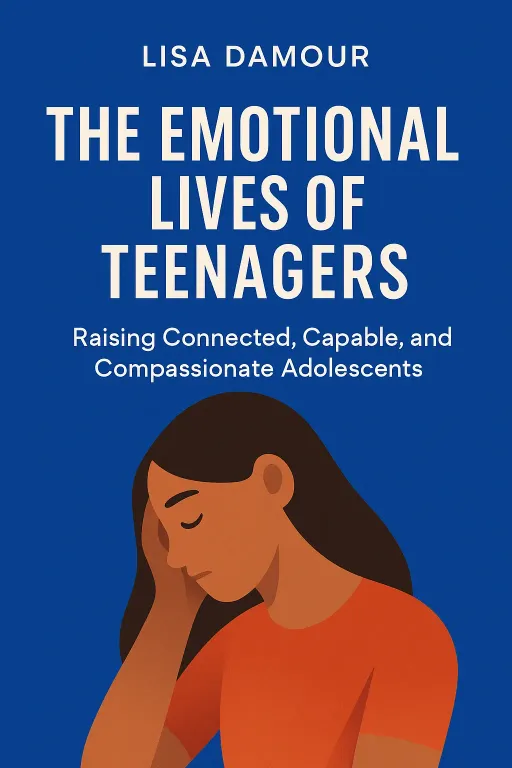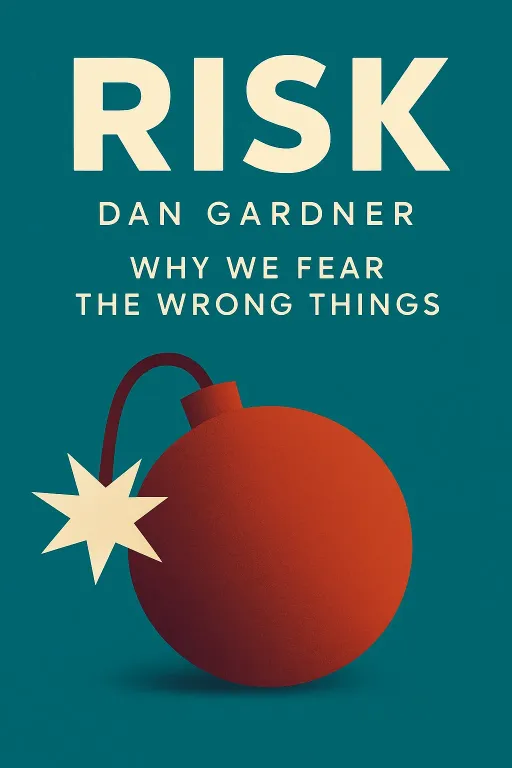
The Fear Script: How Media and Your Mind Conspire Against You
10 minGolden Hook & Introduction
SECTION
Shakespeare: After the 9/11 attacks, the images of falling towers were seared into our minds. Millions of terrified Americans cancelled their flights and chose to drive instead. But here’s the chilling, untold story: in the year that followed, an extra 1,595 people died in car crashes—more than half the death toll of the attacks themselves. They weren't killed by terrorists. As author Dan Gardner puts it, 'It was fear that stole their loved ones.' What if the biggest risks we face aren't the ones that grab the headlines, but the ones created by our reaction to them?
R: That's a staggering thought. That our own fear could be deadlier than the thing we're afraid of. It really turns our whole understanding of safety on its head.
Shakespeare: It does indeed. And that is the very heart of the labyrinth we're exploring today, guided by Dan Gardner's brilliant book, "Risk." And I'm thrilled to have you here, R, because as someone with an analytical mind in the world of media and publishing, you live at the very epicenter of how these stories of fear are crafted and consumed.
R: It's a topic I think about a lot. We're in the business of capturing attention, and fear is, unfortunately, a very effective tool for that. So I'm excited to dig in.
Shakespeare: Excellent. Today, we're going to tackle this from two perspectives. First, we'll explore the internal battle in our own minds—the fight between our emotional 'Gut' and our rational 'Head.' Then, we'll zoom out to see how the media machine exploits that very battle, writing a 'fear script' that shapes our reality.
Deep Dive into Core Topic 1: The Glitch in Our Brains: Gut vs. Head
SECTION
Shakespeare: So R, that 9/11 story is a massive, societal example of irrationality. But Gardner argues this starts with a battle inside each of us. He calls it the 'Head' versus the 'Gut.' The 'Head' is our slow, logical, calculating brain—what psychologists call System Two. But the 'Gut,' or System One, is the ancient, emotional caveman who's really running the show. It's fast, intuitive, and often, deeply irrational.
R: The inner caveman. I like that. It’s the part of us that reacts before we have a chance to think.
Shakespeare: Precisely. And Gardner shares a personal story that paints a perfect, almost painful, picture of this. He was in Lagos, Nigeria, a city where a foreign journalist wandering into a slum at night is, to put it mildly, a bad idea. His wallet gets pickpocketed. It has cash, credit cards... but also, a photograph of his two young children.
R: Oh, I can feel the panic just hearing that.
Shakespeare: And that's the key word:. His 'Head' knew the score. It's a dangerous place, the money is gone, and the photo is just a piece of paper. His kids are safe at home, thousands of miles away. But his 'Gut'—that inner caveman—screamed. It couldn't distinguish the symbol from the reality. So for three hours, he plunged deeper into this dangerous slum, risking his life, driven by this overwhelming, primal need to recover a mere image.
R: That's fascinating. It's the 'appearance-equals-reality' rule he talks about, right? The Gut can't tell the difference between the photo of his kids and his actual kids. It feels the loss in the same way. It's a cognitive glitch.
Shakespeare: A ghost in the machine! A beautiful and terrifying glitch. And this 'Gut' reaction, this emotional shortcut, is what advertisers and, dare I say, media producers, target every single day.
R: Absolutely. We don't sell a product by listing its chemical composition. We sell it with a story, an image that makes you something—safe, happy, or even afraid. The Lagos story is like a blueprint for how to bypass someone's rational mind. You create a powerful emotional symbol, and the 'Head' doesn't stand a chance.
Shakespeare: You've just described the entire advertising industry in one sentence. It's an unsettling connection to your world, isn't it?
R: It is. It makes you realize that much of communication isn't about transferring information, it's about triggering a pre-programmed response in the 'Gut.' It's less of a conversation and more like... hacking.
Shakespeare: Hacking the human brain. A perfect, and perhaps chilling, way to put it. So, the hardware is flawed. Our brains come with this exploitable bug. But what happens when the outside world starts writing software specifically for those flaws?
R: That's when things get really dangerous.
Deep Dive into Core Topic 2: Manufacturing Fear: How Media Writes the Script
SECTION
Shakespeare: And that's our second act. Gardner shows how our 'Gut' has a critical weakness: the 'Example Rule,' or what psychologists call the Availability Heuristic. We judge risk not by statistics, but by how easily a vivid example comes to mind. And what makes an example easy to recall?
R: A dramatic story. A shocking image. Something with a clear hero and villain. Something the media can put on a loop.
Shakespeare: Exactly. Take the infamous 'Summer of the Shark' in 2001. The North American media went into a frenzy. The story of Jessie Arbogast, an eight-year-old boy savaged by a bull shark, was everywhere. It was terrifying, it was visceral. People were afraid to go in the water.
R: I remember that. It felt like an epidemic.
Shakespeare: It felt like one. But it wasn't. In fact, the number of shark attacks that year was not unusual. What was unusual was the level of coverage. Meanwhile, in that same year, thousands of people, many of them children, died from drowning. But where were the headlines? Drowning is a silent, lonely tragedy. It has no teeth, no monster. It's a statistic, not a story. So it provides no available 'example' for our Gut to latch onto.
R: The story of one shark attack is more powerful than the statistic of 3,000 drownings. That's a grim reality for someone in publishing.
Shakespeare: It gets even more pointed. Gardner discusses a Canadian newspaper series on cancer. To promote it, they put a huge front-page photo of Shelby Gagne, a beautiful 22-month-old toddler who was dying of a rare, aggressive cancer. Her story was agonizing. But here's the thing: cancer is overwhelmingly a disease of the elderly. Two-thirds of new cases are in people over 60. But the paper chose this incredibly rare, tragic case to be the face of cancer. Why?
R: Because the story of a dying child is a powerful, unforgettable 'example' that lodges in our Gut. It's emotionally devastating, and therefore, from a media perspective, incredibly effective. This is the 'double ethical bind' he mentions.
Shakespeare: Explain that.
R: As a publisher, you know a story about a 75-year-old dying of a common cancer won't get clicks. It's sad, but it's expected. But the story of Shelby Gagne is heart-wrenching, it's shareable, it drives engagement. You're caught between reporting the statistical reality and telling a story that people will actually pay attention to. It's a constant tension.
Shakespeare: A devil's bargain. Does this lead to a kind of 'denominator blindness,' as Gardner calls it? We see the numerator—one shark attack, one child—but the media rarely gives us the denominator, the millions of swimmers or the actual population at risk.
R: It's more than blindness; it's almost intentional. A headline that says '1 in 2 Million Swimmers Bitten by Shark' has zero impact. A headline that says 'SHARK SAVAGES BOY' is on every screen. The business model of modern media, especially online, is built on triggering the 'Gut.' It rewards the availability heuristic. The algorithm doesn't care about statistical accuracy; it cares about what you click on. And you click on what you fear.
Shakespeare: So the very architecture of modern media is designed to find that glitch in our brains and exploit it. For profit.
R: For profit, for clicks, for attention. It creates a feedback loop. The media shows us what to fear, our fear makes us pay attention, and our attention tells the media to show us more of what we fear.
Synthesis & Takeaways
SECTION
Shakespeare: So we are left with this potent brew: an ancient, emotional brain that's terrible with statistics...
R: ... and a modern media environment that has perfected the art of feeding it exactly the kind of vivid, terrifying, and unrepresentative stories it craves. It's a conspiracy without a conspirator. Everyone is just following incentives.
Shakespeare: A conspiracy without a conspirator. I love that. It's a system that produces a result nobody necessarily wants, but that everyone contributes to. So, what is the antidote? How do we break the spell?
R: I don't think you can change the system overnight, and you can't rewire your brain. So I think it's about developing a new habit. A mental one. For me, as both a consumer and someone in the industry, it's about pausing and asking two questions whenever I feel that jolt of fear from a news story.
Shakespeare: And they are?
R: First: 'Is this a story, or is this a statistic?' Am I reacting to a single, emotional anecdote, or to representative data? They are not the same thing. And second: 'Who benefits from my fear?' Is it a politician selling security? A company selling a product? A media outlet selling a subscription?
Shakespeare: That second question is powerful. It forces you to look behind the curtain.
R: Exactly. It doesn't mean you become a cynic, or that the threats aren't sometimes real. But it means you become a conscious consumer of information, not just a passive reactor. You start to see the script, instead of just acting in it.
Shakespeare: A powerful charge. To see the script, not just live it. A perfect place to end. R, thank you for lending your insight to this tangled web.
R: Thank you, Shakespeare. It was a pleasure.
